Motorola Droid X2 Review - A Droid X with Tegra 2
by Brian Klug on July 7, 2011 8:31 AM ESTMotoblur by any other name...
When I reviewed the original X, it was on Android 2.1. At that time, most of my criticisms centered around the fact that 2.2 was out, and that the device already felt subjectively behind because everything around it was on 2.2, including even the original Droid.
It’s sort of frustrating that we’re repeating essentially the same scenario but bumped up one version of Android. This time, the X2 is launching running 2.2.2 in a world where 2.3 is king. Ironically, this time around, the original X is running 2.3.3 at the same time.
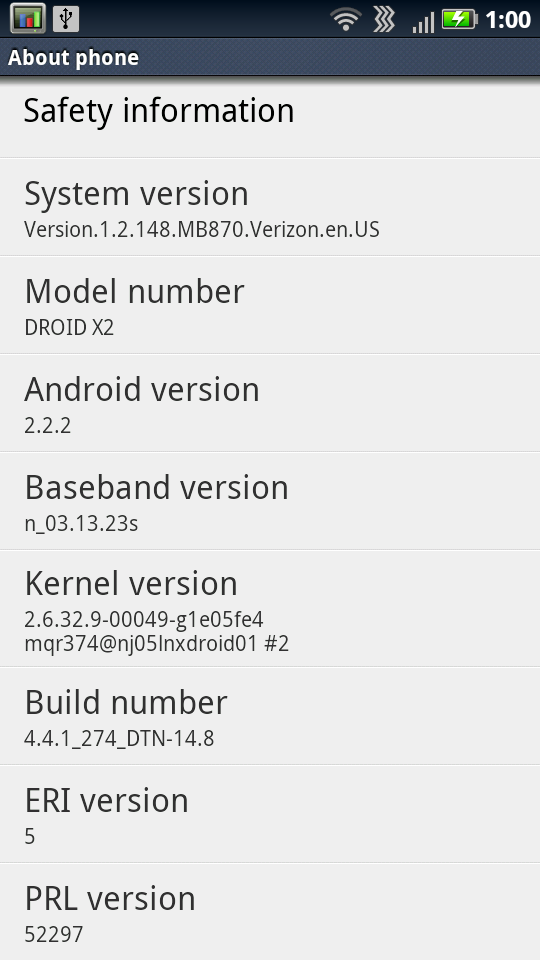
The other thing that’s changed is that while Motoblur is still around, it isn’t called Motoblur. Head over to Motorola’s specifications page for the X2, and you’ll find no references to anything called Motoblur, which used to have its own section for the X. It’s all semantics, however, because Motoblur is still present on the X2.
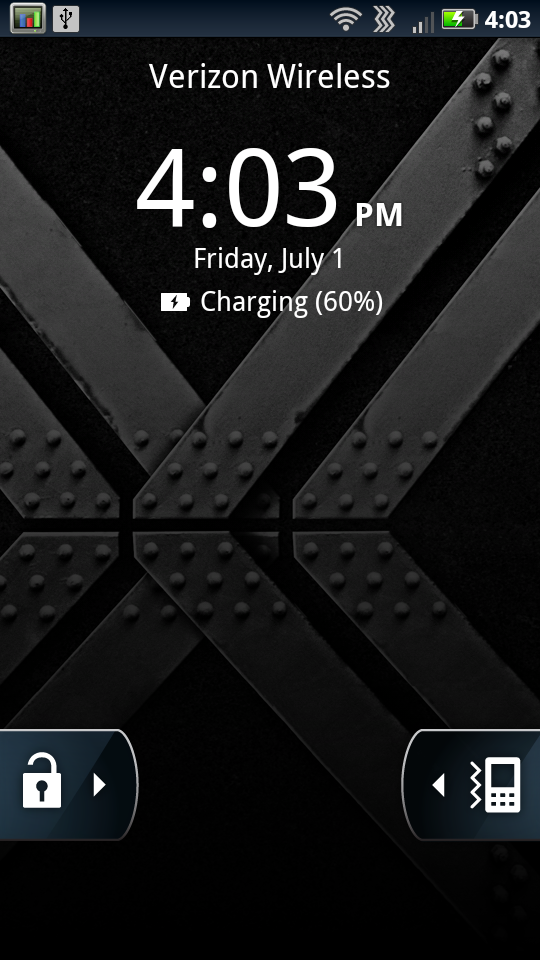

That said, I’m finding Motoblur a lot less annoying this time around. First off, the color scheme has changed to a much darker blue theme. Previously, everything was black on white. Now things are white on black. This same theme has made its way onto the X as well, so if you’re already familiar with how things look and feel there, you can probably skip all of this.
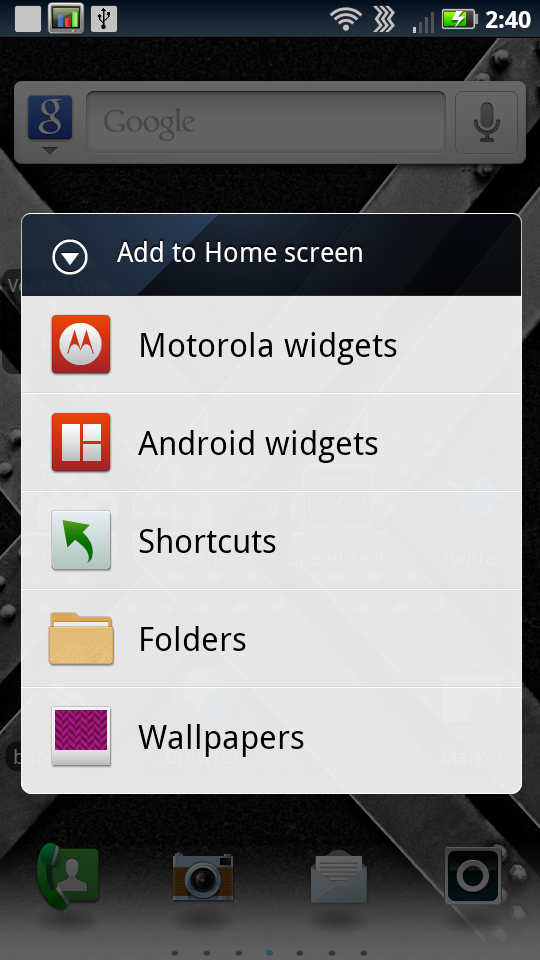
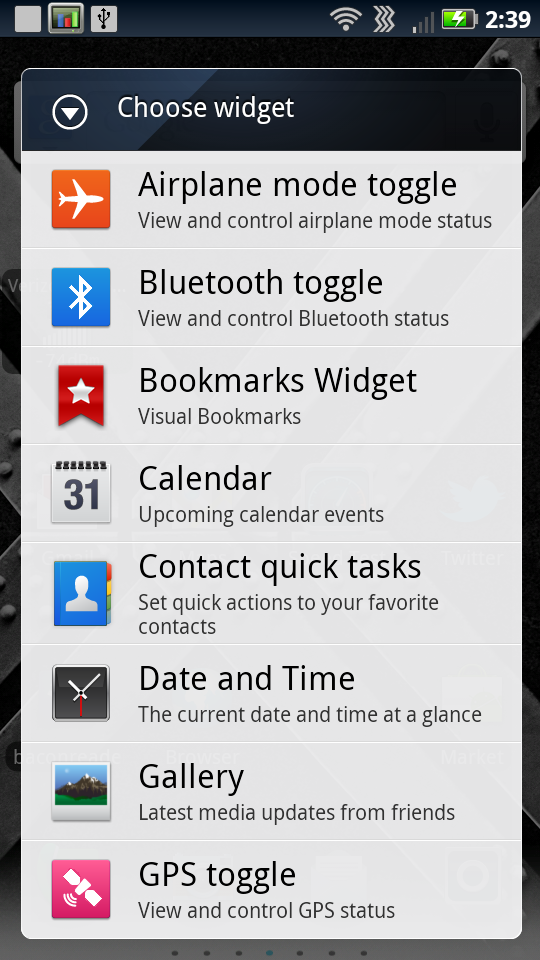
Motoblur essentially consists of a combination of UI skin, multitouch keyboard, special widgets, a different launcher and application switcher, and optionally some account management. For the most part, the first three are acceptable, the fourth decent, and the last one something to avoid.
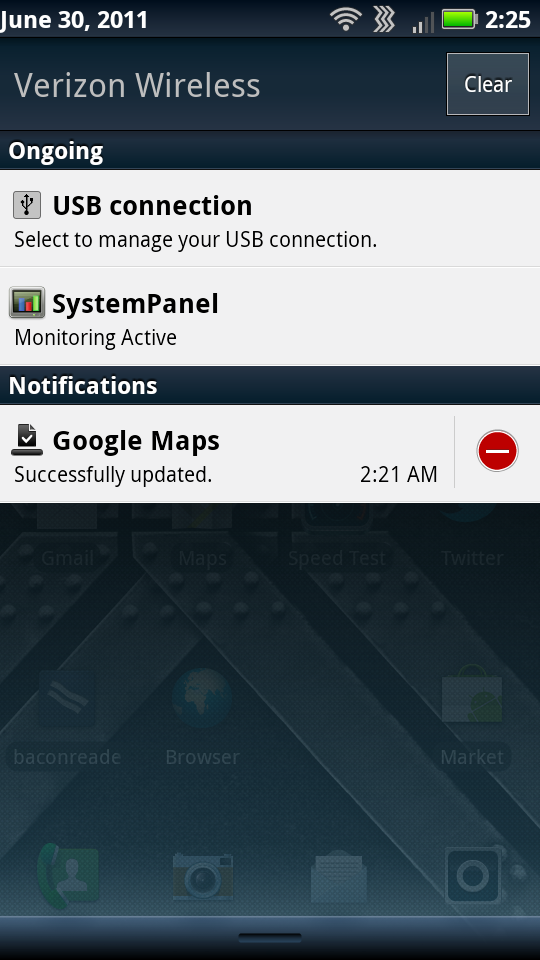
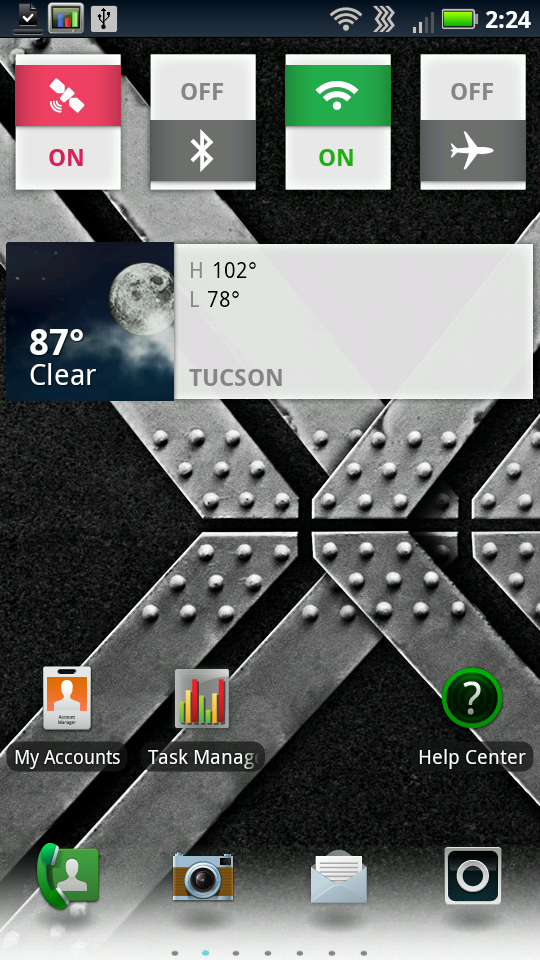
I stated that things are more blue now, which is definitely the case. The status bar up at the top is blue and has white iconography. Likewise, drag the shade down and you’ll see lots of blue everywhere. I can live with this, especially considering some of the other atrocious color choices I’ve seen UI skinners make (both handset OEMs and enthusiasts alike).
Likewise, under this UI menus and dialogs get a blue/grey makeover. Motorola also still includes its own multitouch keyboard, which was a welcome breath of fresh air back when it was included on 2.1. Since then, Google has made its own multitouch keyboard in 2.3, but Motorola’s still is impressive and gets the job done. I sound like a broken record but yet again if you’ve gotten used to the keyboard on the X, there’s no re-learning necessary on the X2. Motorola even keeps the buttons the same size despite the X2’s higher PPI display - a subtle but much appreciated thing.
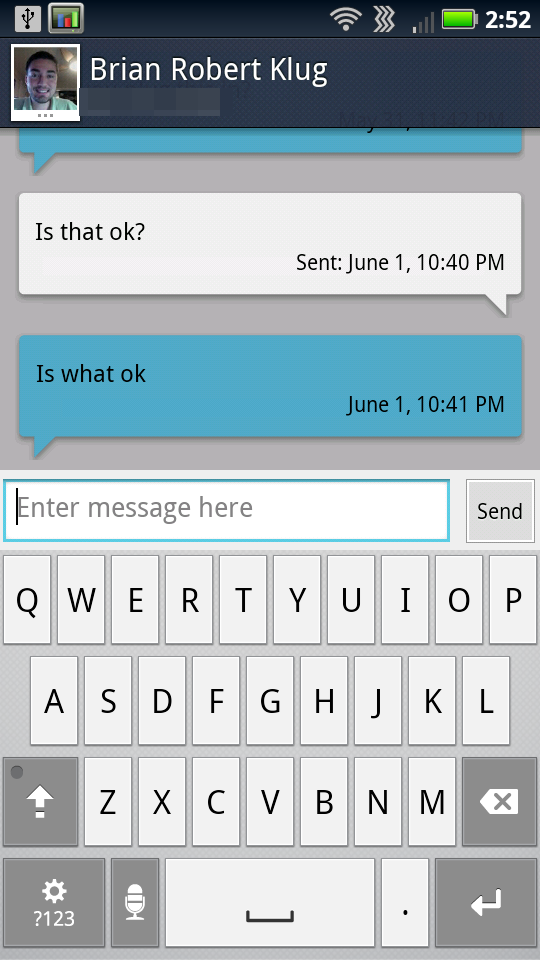

Motoblur widgets haven’t changed since I last saw them, they’re still stylized and overtly colorful, if sometimes a bit garish. Like we discussed in the X review, you can resize most of them by long pressing and then dragging the corners. Not everything always re-sizes vertically and horizontally, but usually you can experiment and make things fit accordingly. The default widget layout on each homescreen actually is just how I remember it being on the other X as well.


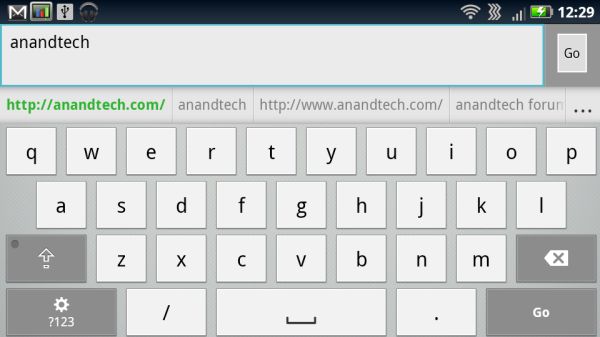








72 Comments
View All Comments
anandatar - Thursday, July 7, 2011 - link
So yeah, I know, Anandtech is a US blog.Still I'm surprised there is no comparison to the Galaxy S 2 - I was already surprised before by this but nothing has changed.
The main reason is because ALL the phones in the comparison look pale when compared with the S2.
It's (much) faster than any of the Tegra2 based devices.
It has more ram.
It's (much) lighter (there's no xperia either)
It's (much) thinner (there's no xperia either)
it's camera still picture is second to the N8 only
it's camera video recordings are above average (not blowing others out of the water tho - in 1080p it's zoomed and focusing is slower - in 720p its awesome)
it's battery life is (much) improved too
in fact, on the paper, only the resolution (800x480) is lower than the other phones (that sometimes have qHD)
Not only that, but it's also the first phone I'd use instead of an iPhone - it's that much better that it makes sense to switch. But I wouldnt settle for less.
jmcb - Thursday, July 7, 2011 - link
Glad you like the GS2 so much....If you know all this, why do you need to see a comparison? Check other sites, they do compare the GS2 with other phones...Imma help you out.... phonearena is one site that does. phonedog is another...
NeoteriX - Thursday, July 7, 2011 - link
You mentioned in your HTC Sensation review that with a little digging, you were able to come up with the camera sensor used there -- "Samsung’s 8 MP S5K3H1GX 1/3.2” 3264x2488 CMOS sensor with 1.4 µm square pixels "Though the sensor isn't the only thing as you mentioned (lens, etc.), it's useful to compare stated sensitivities, pixel sizes, etc. across the different current phones as well as generationally. I still feel like the gold standard is the iPhone 4 with its 1.75 µm pixel sites and BSI Omnivision sensor.
Do you have this information for the Droid X and X2? How does one generally determine this? I'd love to be able to figure it out for my Evo 3D.
munky - Thursday, July 7, 2011 - link
Iphone4 is by no means the gold standard. Also, there's plenty of variables affecting sensor performance which wouldn't be obvious just by looking at pixel pitch, not to mention how the image processing algorithms affect the final outcome. Unless you suggest AT start evaluating sensors with RAW data a la dxomark, I'd much rather they focus on comparing actual photos as opposed to numerical specs.NeoteriX - Thursday, July 7, 2011 - link
I agree that specs aren't the whole picture, but I do think it provides useful insight to augment the results one sees in practical testing -- things like being able to tell how much of the improvement is image processing, what generation the sensor is and recently of development, and seeing if improving the image quality/sensors used is actually a priority for certain manufacturers. More information never hurts and it helps understand the story -- for example, when digital cameras were undergoing the megapixel race one or two years ago, it was clear that low light quality was degrading and pixel sites helped explain that story.At any rate, I'm no expert on the state of cellphone cameras, but I will respectfully disagree with you on the iPhone 4 -- no other non-camera-phone smartphone (i.e., the Sony/Nokia/etc. type phones with real digital camera level optics and sensors built in, xenon-flashes the whole 9 yards) *I've seen* has the kind of low-light sensitivity and all-around flexibility of the iPhone 4.
It's likely a combination of the relatively large sensor sites, the large fixed aperture of the lens, the BSI CMOS design, and good image processing, but Android mfrs still have their work cut out for them over a year after the iPhone 4 release -- I'd be interested in hearing what other phone is better in low-light and all-around capability, because I certainly haven't seen it.
Exodite - Thursday, July 7, 2011 - link
The new Xperia series (arc/neo/pro/play) seems a good fit, especially considering that the iPhone 5 is slated to use the same sensor as those handsets.Anyway the criteria you use for comparison are rather humorous, as it reads like the iPhone 4 having the best camera - as long as you disregard those that are better?
HTC is generally known to ship shitty cameras but I'd say both foo, bar, beep and bloop - to name those at the top of my mind - offer some excellent solutions for those who want decent images from their smartphones.
(As a side note to Anandtech - your spam filter sucks! Horribly.)
Exodite - Thursday, July 7, 2011 - link
Feel free to replace foo, bar, beep and bloop with the names of big smartphone manufacturers that aren't HTC.I would do it myself, if that wouldn't mean getting caught in the spam filter.
NeoteriX - Thursday, July 7, 2011 - link
That's fair although I wouldn't call my criteria bogus ;)The vast majority of cell/smartphones are those built around sensor/lens/IC SOCs primarily built for mobile applications, they feature LED-based flashes--in essence, they are known to be significant compromises in the world of digital imaging because they are, in other words, phones first, cameras second.
Then, there is a small minority of cell phones that are essentially cameras with phones attached to them -- SonyEricsson C-902, Nokia N82, etc. that feature sensors and lenses pulled from traditional cameras, but with phone functionality -- we're talking about large sensors, camera glass, and xenon flashes intended for P&S digital camera applications and not mobile.
I've heard good things about the new Xperia Arc with the Exmor R BSI sensor, but it hasn't been released in the US yet and neither has the iPhone 5... thus my position that the iPhone 4 leads the pack.
Exodite - Thursday, July 7, 2011 - link
I would say my arc does decent pictures, though perhaps I'm spoiled by the fact that my better half uses a Nokia N8. Color accuracy is good but the focus area is unfortunately very narrow which makes the pictures less good than they could be.The Samsung Galaxy S2 is arguably better, end results considered.
Anyway, I hope the iPhone 5 does end up using the same sensor as the Xperia line as it'd be interesting to see what a different hard/software solution would do with the same sensor.
Then there's stuff like the Motorola Milestone which also have a great camera, considering.
Would an N8 qualify, or is that too a camera first?
Because from my standpoint I can see something like the Altek Leo being a camera first and phone second but I'd still consider anything in a normal housing to be a phone first.
munky - Thursday, July 7, 2011 - link
Have you seen the photos taken with the Nokia N8? They are cleaner that those from iphone4, not to mention more natural looking due to lack of over-sharpening and over-saturation. The iphone4 may be good compared to a crappy phonecam, but it is definitely not the best.